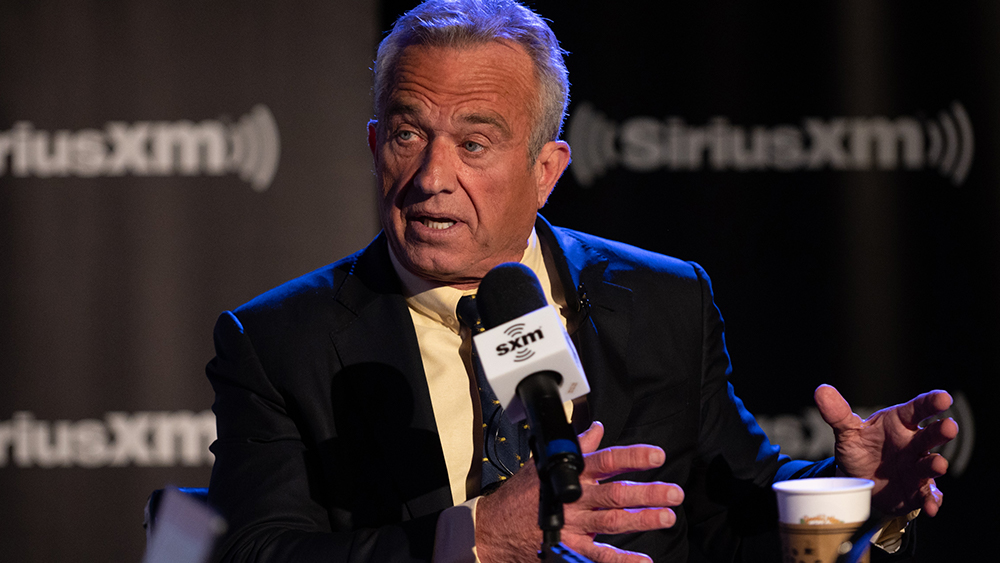The “Chuck Prince Market” Redux — Only More Dangerous
by David Stockman, DailyReckoning:
 On July 10, 2007 former Citigroup CEO Chuck Prince famously said what might be termed the “speculator’s creed” for the current era of Bubble Finance. Prince was then canned within four months but as of that day his minions were still slamming the”buy” key good and hard:
On July 10, 2007 former Citigroup CEO Chuck Prince famously said what might be termed the “speculator’s creed” for the current era of Bubble Finance. Prince was then canned within four months but as of that day his minions were still slamming the”buy” key good and hard:
“When the music stops, in terms of liquidity, things will be complicated. But as long as the music is playing, you’ve got to get up and dance. We’re still dancing,” he said in an interview with the FT in Japan.
We are at that moment again. Only this time the danger of a thundering crash is far greater. That’s because the current blow-off top comes after nine years of even more central bank policy than Greenspan’s credit and housing bubble.
The Fed and its crew of traveling central banks around the world have gutted honest price discovery entirely. They have turned global financial markets into outright gambling dens of unchecked speculation.
Central bank policies of massive quantitative easing (QE) and zero interest rates (ZIRP) have been sugar-coated in rhetoric about “stimulus”, “accommodation” and guiding economies toward optimal levels of inflation and full-employment.
The truth of the matter is far different. The combined $15 trillion of central bank balance sheet expansion since 2007 amounts to monetary fraud of epic proportions.
The massive injection of fiat credit has drastically falsified prices in the debt and money markets. Through the channels of cap rates, carry trades and corporate financial engineering, the prices of equities and all other risk assets, have been falsified too.

Bond and stock prices are way too high, and that reality has infected the very foundations of the financial system. Like the hapless Chuck Prince last time, today’s traders and robo-machines have lost all contact with the fundamentals of corporate performance, macroeconomic outlooks and the political risks of a Washington.
Traders today are just dancing – blindly. That’s why the Russell 2000 hit 1442 the other day, capitalizing the earnings of small and mid-cap domestic companies at 87.5 times.
That’s crazy in its own right. As measured by valued added output of the U.S. business sector, the main street economy – where most of these companies live — has expanded at a tepid 2.1% annual rate since 2002. By contrast, the RUT index has increased by 10% per annum since then.
At the same time, the level of speculation in the hyper-momentum tech stocks is even more stunning.
We are in the blow-off stage of the Fed’s third and greatest bubble of this century. Yet the stock market has narrowed drastically during the last thirty months, as is typical of a speculative mania. This narrowing means that the price-earnings ratio (PE) among the handful of big winners have soared.
FAANGs and Bubble Finance
In the case of the so-called “FAANGs + M” (Facebook, Apple, Amazon, Netflix, Google and Microsoft), the group’s weighted average PE multiple has increased by 50%.
That’s caused the market cap of these six super-momentum stocks to soar from $1.7 trillion to $3.1 trillion during the period or by 82%.
The combined earnings of the group have grown by just 20%. 75% of this huge gain in market cap is attributable to multiple expansion, not operating performance.
The degree to which the casino’s speculative mania has been concentrated in the FAANGs + M can also be seen by contrasting them with the other 494 stocks in the S&P 500. The market cap of the index as a whole rose from $17.7 trillion in January 2015 to $21.2 trillion at present, meaning that the FAANGs + M account for 40% of the entire gain!
If this concentrated gain in a handful of stocks sounds familiar that’s because this rodeo has been held before. The Four Horseman of Tech (Microsoft, Dell, Cisco and Intel) at the turn of the century saw their market cap soar from $850 billion to $1.65 trillion or by 94% during the manic months before the dotcom peak.
At the March 2000 peak, Microsoft’s PE multiple was 60 times, Intel’s was 50 times and Cisco’s hit 200 times. Those nosebleed valuations were really not much different than Facebook today at 40, Amazon at 190 and Netflix at 217 times PE.
The point is, even great companies do not escape drastic over-valuation during the blow-off stage of bubble peaks.


